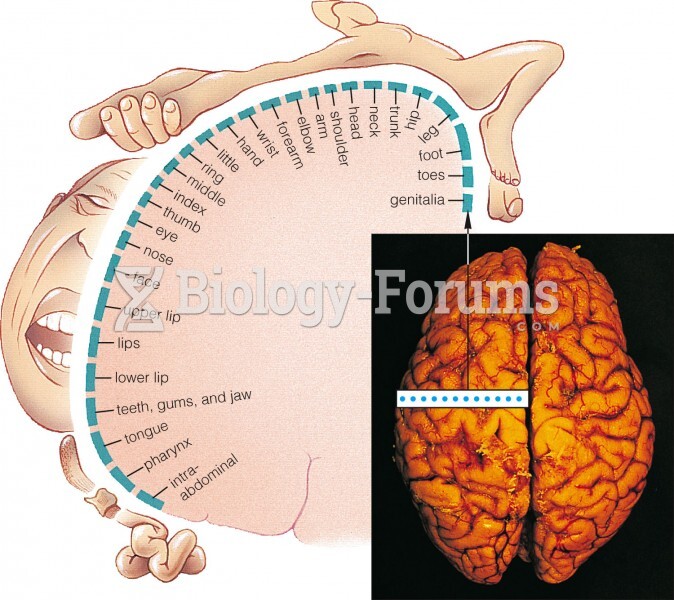|
|
|
Cytomegalovirus affects nearly the same amount of newborns every year as Down syndrome.
The word drug comes from the Dutch word droog (meaning "dry"). For centuries, most drugs came from dried plants, hence the name.
Between 1999 and 2012, American adults with high total cholesterol decreased from 18.3% to 12.9%
There are more nerve cells in one human brain than there are stars in the Milky Way.
Although the Roman numeral for the number 4 has always been taught to have been "IV," according to historians, the ancient Romans probably used "IIII" most of the time. This is partially backed up by the fact that early grandfather clocks displayed IIII for the number 4 instead of IV. Early clockmakers apparently thought that the IIII balanced out the VIII (used for the number 8) on the clock face and that it just looked better.







